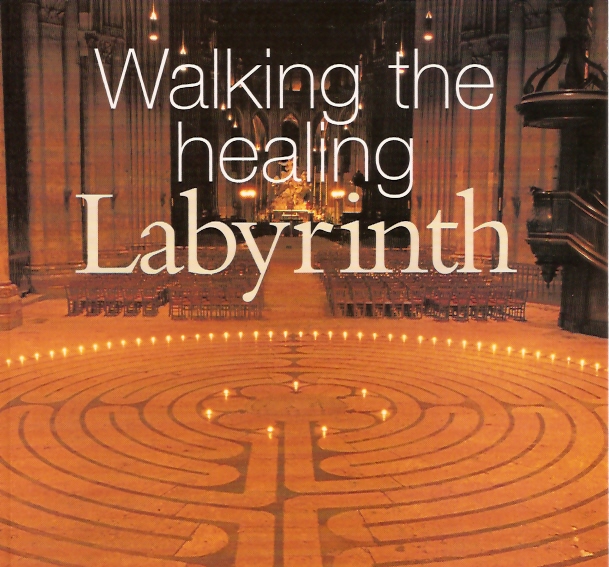
Alex Tang
Articles
- General
- Theology
- Paul
- Karl Barth
- Spiritual Formation
- Christian Education
- Spiritual Direction
- Spirituality
- Worship
- Church
- Parenting
- Medical
- Bioethics
- Books Reviews
- Videos
- Audios
- PhD dissertation
Spiritual writing
- e-Reflections
- Devotions
- The Abba Ah Beng Chronicles
- Bible Lands
- Conversations with my granddaughter
- Conversations with my grandson
- Poems
- Prayers
Nurturing/ Teaching Courses
- Sermons
- Beginning Christian Life Studies
- The Apostles' Creed
- Child Health and Nutrition
- Biomedical Ethics
- Spiritual Direction
- Spiritual Formation
- Spiritual formation communities
- Retreats
Engaging Culture
- Bioethics
- Glocalisation
- Books and Reading
- A Writing Life
- Star Trek
- Science Fiction
- Comics
- Movies
- Gaming
- Photography
- The End is Near
My Notebook
My blogs
- Spiritual Formation on the Run
- Random Musings from a Doctor's Chair
- Random Sermons from a Doctor's Chair
- Random Writings from a Doctor's Chair
- Random Spirituality from a Doctor's Chair
Books Recommendation
---------------------
Medical Students /Paediatric notes
Dr Alex Tang
 All of us adopt different postures when we pray. So of us prefer to pray
kneeling, some prostrate, while others either sit, stand or walk. Prayer walk
has become commonplace as we adopt the spiritual warfare teachings. However
contemplative prayer walk is not. Walking and praying the labyrinth
is a structured form of contemplative prayer walk.
All of us adopt different postures when we pray. So of us prefer to pray
kneeling, some prostrate, while others either sit, stand or walk. Prayer walk
has become commonplace as we adopt the spiritual warfare teachings. However
contemplative prayer walk is not. Walking and praying the labyrinth
is a structured form of contemplative prayer walk.
The labyrinth has its roots in antiquity.
However the Christian Church Fathers and Mothers had adopted it as a prayer
form. The labyrinth is like a maze. Unlike a maze, a labyrinth does not have
blind ends. One can follow the pathway of a labyrinth easily to the centre and
then out again.
There are no fixed rules in how anyone is to pray in the labyrinth. We can
imagine walking the labyrinth as a pilgrimage. We move slowly and prayerfully
towards the heart of our worship. There we spend as much time as we want in His
presence. After that, we retrace our steps slowly back into the world. We can
stop as frequently as we want to stop, pray, meditate or read the Scriptures or
some spiritual books. People normally stop at bends and curves of the labyrinth.
The labyrinth is especially suited for praying the Stations of the Cross at
Lent. Those who contemplatively pray walk the labyrinth found it a profound
spiritual experience.
 There are many designs of the labyrinth. The most well known is the labyrinth at
Chartres Cathedral in France. The Chartres
There are many designs of the labyrinth. The most well known is the labyrinth at
Chartres Cathedral in France. The Chartres
 labyrinth is an intrinsic design
measuring 12.9 m (42.3 ft) in diameter. It has 11 concentric circuits which
leads to a rose petal shaped centre. There are 34 turns as one journey in.
labyrinth is an intrinsic design
measuring 12.9 m (42.3 ft) in diameter. It has 11 concentric circuits which
leads to a rose petal shaped centre. There are 34 turns as one journey in.
However, we are free to design smaller ones in our gardens or retreat centers.
Many other religious
traditions also use the labyrinth as a spiritual tool. However there are
also people interested for
health and other reasons.
The labyrinth can be a powerful means for contemplative prayer walk.
Soli deo gloria
|posted 30 January 2007|